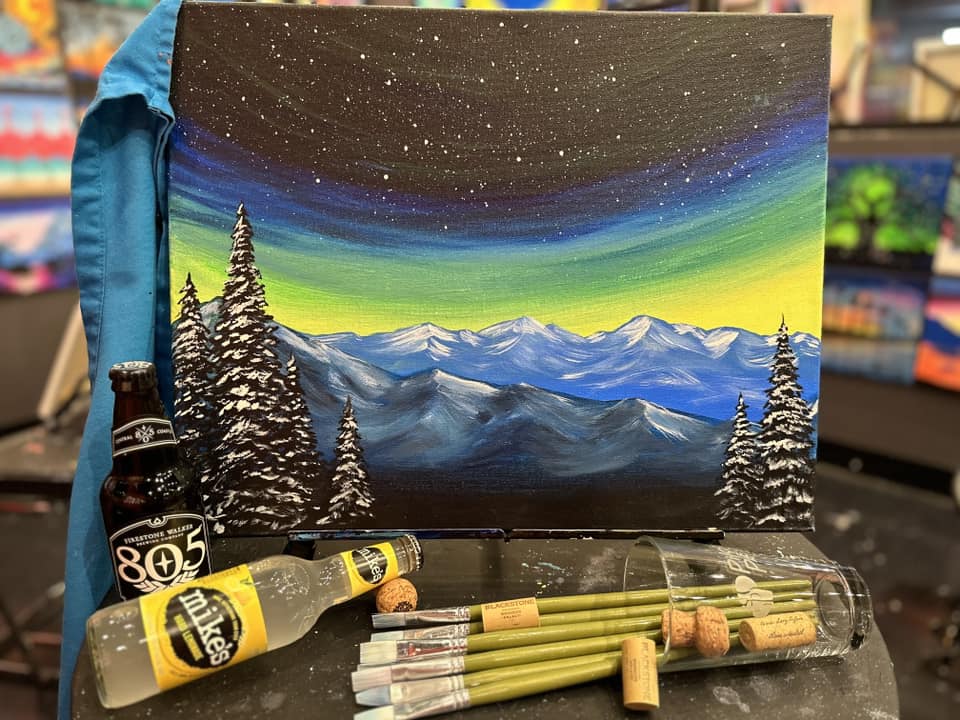Mastering the Art of Color Blending in Acrylic Painting
Mastering Color Blending: Acrylic Painting Tips and Tricks

Welcome to a creative journey with Pinot’s Palette Short North! Acrylic painting offers a world of vibrant colors and endless creative possibilities. Among the artist’s toolbox, one technique stands out: the delicate art of blending colors. Regardless of whether you are a beginner or an experienced artist, mastering color blending can take your artwork to the next level. In this blog, we’ll break down the mechanics behind our favorite acrylic color blending methods. We will demystify the artistic process and equip you with the knowledge you need to recreate nature's wonders on your canvas. So gather your favorite brushes, prepare your color palette and let’s dive into the art of blending colors with acrylic paints.
Understanding the Magic of Color Blending:
Color blending is gently transitioning one color into another, creating a seamless effect on your canvas. Acrylic paints with their fluid nature and rapid drying time, provide the perfect medium for blending colors. Let’s explore some of our favorite techniques that will help you blend colors like a pro.
Before we get started…remember to sip on your favorite beverage, put on your creative hat and prepare to be amazed at the wonders you are about to create. Let’s blend!
1. Gradual Overlapping: Imagine starting with two colors side by side – next to each other but not overlapping- on the canvas. Swiftness is your ally as both colors must stay wet before the next step. With a damp, mostly clean brush gently blend the colors together where they meet on the canvas. Ditch short, choppy strokes in favor of long sweeping motions that glide across the canvas. This technique is your gateway to creating smooth gradients and seamless transitions.
2. Wet-on-Wet Technique: Start with a base layer of one color. Gently clean your brush, allowing traces of the original color to remain. Place the second color right on top of small section of the first color. Now for the FUN...let your brush dance back and forth. If the canvas calls for it, introduce a hint of water to your brush -it'll help you merge the colors together. Use long, graceful brushstrokes across the joined colors and into a clean section of the first color.
3. Double Load: Get ready for a burst of creativity and color! The double load technique involves loading your brush with two different colors side by side at the same time, then letting the colors blend together as you move the brush across the canvas. This works best when you are looking for loose, two-toned blends for things like for wood grains and blue-green waters.
In the world of color blending, your canvas is an open playground. Mastering these techniques unleashes a world of creative possibilities. As always, practice makes perfect, so don’t hesitate to experiment and find the blending methods that resonate with YOUR distinctive artistic style.
At Pinot’s Palette Short North we are passionate about helping guests of ALL skill levels discover the joys of painting. Join us for a paint and sip event where you can explore color blending and other techniques in a relaxed and enjoyable environment. Until then, happy blending!

